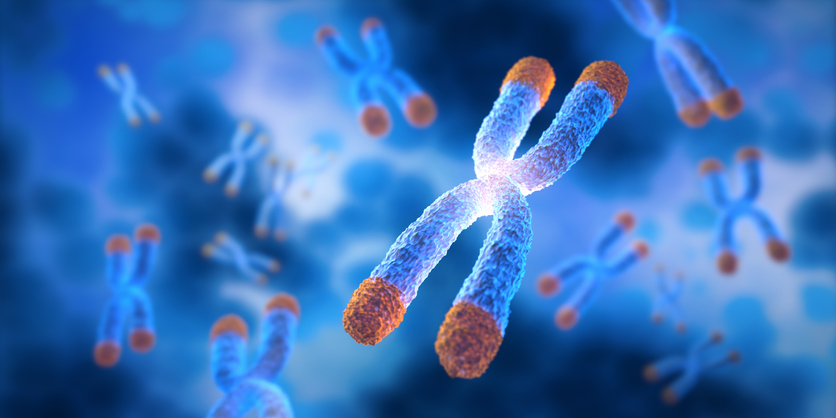
Childhood exposure to the air pollutant nitrogen dioxide (NO2) is associated with an increased risk of developing schizophrenia, according to the findings of a recent study which appeared in JAMA Network Open.
This population-based cohort study comprised of 23,355 individuals (51.3% male) with schizophrenia and a randomly selected sub-cohort. Using national registry data, all individuals born in Denmark between May 1, 1981, and December 31, 2002, were followed up from their 10th birthday until the first occurrence of schizophrenia (the primary endpoint), emigration, death, or December 31, 2012, whichever came first. Statistical analyses were conducted between October 24, 2018, and June 17, 2019 using adjusted hazard ratios (AHRs) for schizophrenia with 95% Cis according to NO2 exposure. Polygenic risk scores were calculated as the weighted sum of risk alleles at selected single-nucleotide polymorphisms based on genetic material obtained from dried blood spot samples from the Danish Newborn Screening Biobank and on the Psychiatric Genomics Consortium genome-wide association study summary statistics file.
According to the results of the study, during the period of the study, 3,531 subjects were diagnosed with schizophrenia. The researchers observed that higher polygenic risk scores were linked with higher childhood NO2 exposure (ρ = 0.0782; 95% CI, 0.065 to 0.091; P < .001). Moreover, they found that a 10-μg/m3 increase in childhood daily NO2 exposure (AHR, 1.23; 95% CI, 1.15 to 1.32) along with a 1-SD increase in polygenic risk score (AHR, 1.29; 95% CI, 1.23 to 1.35) were both independently correlated with an augmented risk of developing schizophrenia.
“Potential biological mechanisms for the association between air pollution and schizophrenia remain uncertain, but air pollutants have been purported to cause inflammation of the tissue of the nervous system, oxidative stress, microglial activation, protein aggregation, subclinical cerebrovascular disease, and disruption of the blood-brain barrier,” the study authors wrote.
“With the complex clinical features of schizophrenia, it is likely that genetic variation may play a role in determining an individual’s susceptibility to the damaging effects of air pollution. However, our findings suggest that a polygenic risk score based on common variants related to schizophrenia cannot account for the association between childhood NO2 exposure and schizophrenia.”
#Airpollution exposure and schizophrenia: any role for genetic liability: Read this article in @JAMANetworkOpen Childhood Nitrogen Dioxide Exposure, Polygenic Risk Score, and Schizophrenia Risk https://t.co/i3gECgf9Nz https://t.co/DI7vFlc4FO
— Akhgar Ghassabian (@a_ghassabian) November 1, 2019
They added that these results “demonstrate the utility of including polygenic risk scores in epidemiologic studies.”
Gene-environment interaction in schizophrenia? This @JAMANetworkOpen cohort study explores the interaction between childhood exposure to nitrogen dioxide and polygenic risk score on the risk of developing schizophrenia. https://t.co/ImokxMgIsX pic.twitter.com/4rHzhSphyx
— Muin J. Khoury (@MuinJKhoury) November 2, 2019
Exposure to NO2 in kids increases Schizophrenia risk – Nov 2019. Unknown if causative or correlative, but #AirPollution is now [otherwise] the world’s largest single #environmental #health #risk."https://t.co/PHqYRXPuOx
No. 1 source of NO2 and air pollution is #FossilFuels.
— U.S. Principles (@U_S_Principles) November 17, 2019







 © 2025 Mashup Media, LLC, a Formedics Property. All Rights Reserved.
© 2025 Mashup Media, LLC, a Formedics Property. All Rights Reserved.